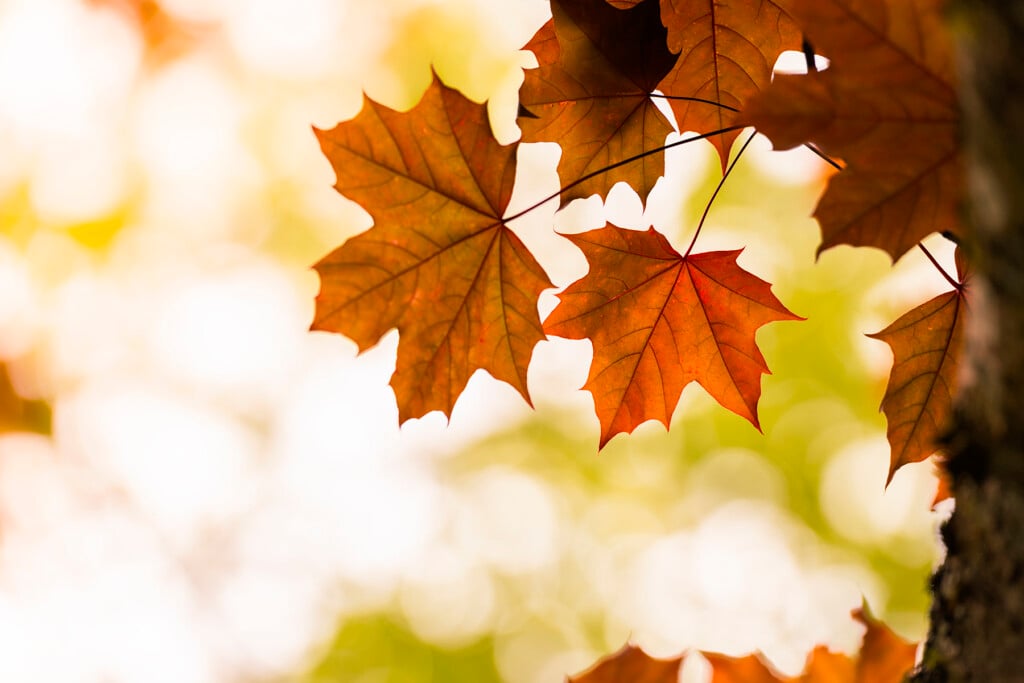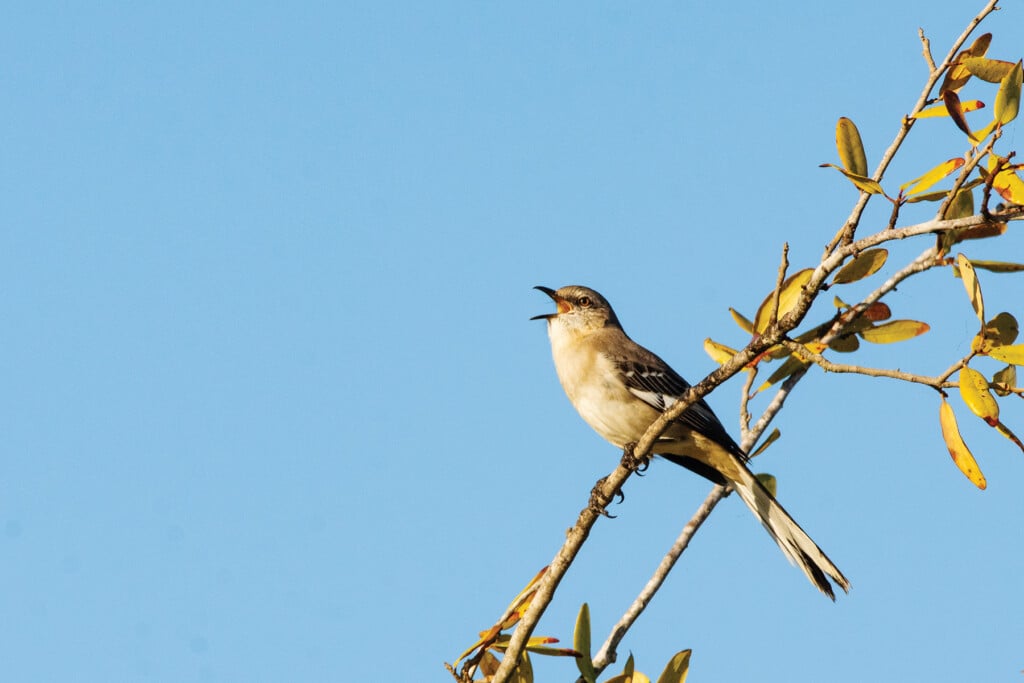Autumn In Color
Summer greens fade to fall hues, crafty crows prove adaptable, and broccoli favors cool-season conditions

Autumn’s show of colors has just begun in Northwest Florida. Deciduous native plants, those which lose their leaves in winter, will be displaying reds, yellows, purples, and browns.
Deciduous trees and plants produce and consume chlorophyll throughout the warm growing season. The robust green coloration is a sign of its good health.
As summer passes into fall, the cooler temperatures and waning hours of light cause plants to constrict their veins and lower the availability of chlorophyll. The plant’s vascular system, which carries fluids into and out of the leaves, is gradually closed off by a membrane layer at the base of each leaf.
As the seasonal transition progresses, leaf veins will remain green as the other leaf tissues change color. The color and intensity potential depend on the tree or plant’s species and environmental factors.
Carotenoids, which reveal their presence by orange and yellow hues, appear gradually. Hickories and pecans, which are in the Carya genus, have distinctive yellow leaves.
The reds and purples come from a pigment group called anthocyanins. This chemical compound develops in the sap of the leaves.
The brightest colorations commonly occur when the fall days are bright and cool, and the nights are cold but not below freezing. Sweet gums, Florida maples, and dogwoods all achieve red leaves in the fall.
Conifers and palms with only chlorophyll in their foliage will continue to produce green leaves throughout Northwest Florida’s winter season.
Broccoli
Autumn is the time to plant broccoli. Cool-season conditions provide an ideal environment for growing this vegetable along with its brassica cousins cabbage, turnips, and 28 others.
The easiest way to establish this vegetable is to use transplants. They are commonly available at garden centers, but only buy healthy, well-formed plants with no indication of disease or insect damage.
For the more confident gardener, propagating by seed is a less expensive option and has the benefit of more varieties or cultivars being available. Garden centers, catalogs, and online retailers have many offerings.
Cultivation is as simple as gardening gets. Plant in rich, well-drained soil and water as needed, twice weekly if there has been no rain. Do not overwater, as root rot can result.
Supplemental fertilization is rarely required if rich soil or compost is used. No insect treatment is needed during this period, as the most destructive insects are dormant after the first cold snap.
No freeze protection is needed during typical December through February temperature dips. However, the January 2025 blizzard that hit Northwest Florida would have necessitated plant covers.
This vegetable is typically a high-yielding crop. The plants usually have a single large head and several smaller secondary heads. It is ready for harvest when the heads form but before the buds flower.
Crow
One residential bird species recognized for its craftiness is the crow. Its astute awareness and quick reaction to threats is essential for its survival. This member of the Corvus genus has a less than stellar reputation with farmers and gardeners. Reflecting that perception, a group is known as a “murder of crows.” American crows are a moderately large black bird capable of reaching 20 inches in length. Nearly half the body length is tail. While these crows are black birds, they are not the species known as blackbirds. Those are grackles, and only the males of that species are a very dark purple, not black. A crow’s wingspan may reach over a yard, giving this agile bird the ability to make quick getaways when needed. Life expectancy in the wild is about a decade. The American crow is not a picky eater. Its omnivorous appetite allows it to adjust to whatever the environment provides. It has adapted well to urban and suburban environs, including home landscapes. Its rasping calls are easily recognized but not appreciated by songbird enthusiasts. Much group activity occurs by birds within a family unit. Working together, they distract adversaries and steal food. Adults are monogamous, and hatchlings stay in the family for about two years.

